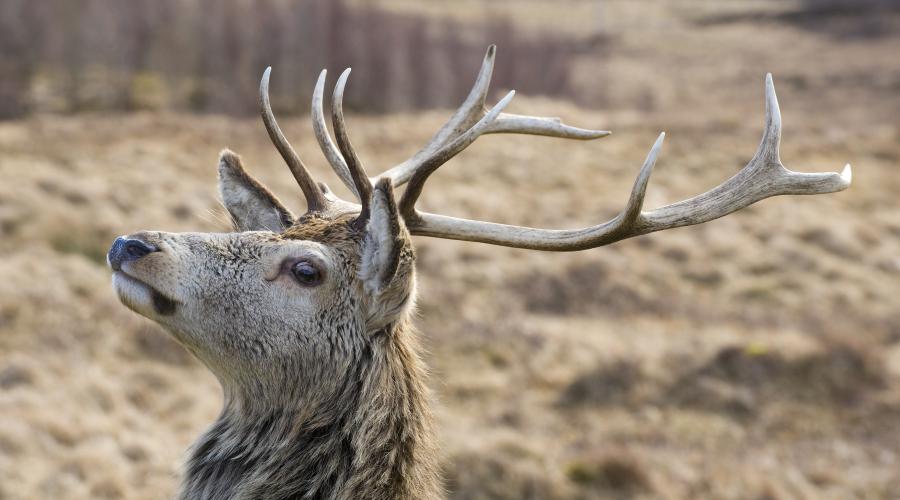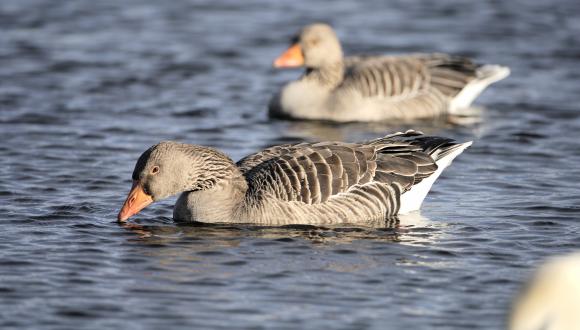
Chronic wasting disease
This highly contagious disease is progressive and always fatal in deer.
At the time of writing, chronic wasting disease (CWD) has not been confirmed in the UK. However, it has been present in wild deer in North America since the 1980s. The disease was first confirmed in Europe in wild deer in Norway in 2016.
CWD belongs to a group of transmissible spongiform encephalopathies (TSEs), which includes scrapie in sheep and bovine spongiform encephalopathy (BSE) in cattle. It is highly contagious, progressive and always fatal.
Why is chronic wasting disease important?
CWD is caused by prions (abnormal proteins), which are very tough and can survive in extreme environments. If the disease became established in the UK, it is unlikely that it could ever be eradicated. This would have serious consequences for wild and farmed deer.
Signs of chronic wasting disease
Look out for the following:
- animals separated from the herd
- lowered head
- drooling
- teeth grinding
- listlessness
- nervousness and excitement
- stumbling and poor coordination
- repeated walking in set patterns
- tremor
- paralysis
Keeping the disease out of the UK
CWD could be introduced to the UK on contaminated clothing, footwear and equipment by travellers – particularly stalkers – from North America and Scandinavia. Vigilance and good biosecurity (measures to prevent disease) are vital to prevent the disease entering the UK. Natural urine lures should not be brought into the UK, as there is a high risk that they will introduce the disease.
More about chronic wasting disease
Read NatureScot's leaflet on chronic wasting disease for more detail on the disease and biosecurity measures.
Visit the Scottish Government's web page on chronic wasting disease to find out more about how to spot and report the disease.







